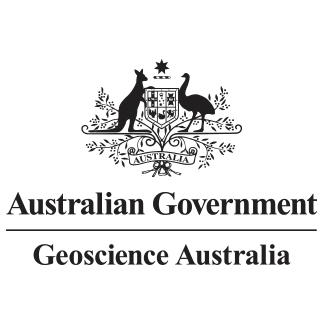Full description
Wetlands provide a wide range of ecosystem services including improving water quality, carbon sequestration, as well as providing habitat for fish, amphibians, reptiles and birds. Managing wetlands in Australia is challenging due to competing pressures for water availability and highly variable climatic settings. The Wetlands Insight Tool (QLD) has been developed to provide catchment managers, environmental water holders, and wetlands scientists a consistent historical baseline of wetlands dynamics from 1987 onwards. The Wetlands Insight Tool (QLD) is available online through the Queensland Government WetlandWhat this product offers
The Wetlands Insight Tool (QLD) summarises how the amount of water, green vegetation, dry vegetation and bare soil varies over time within each wetland. It provides the user with the ability to compare how the wetland is behaving now with how it has behaved in the past. This allows users to identify how changes in water availability have affected the wetland. It achieves this by presenting a combined view of Water Observations from Space, Tasseled Cap Wetness and Fractional Cover measurements from the Landsat series of satellites, summarised as a stacked line plot to show how that wetland has changed over time.
Lineage
Maintenance and Update Frequency: asNeededIssued: 27 01 2021
text: westlimit=-90.00; southlimit=-90.00; eastlimit=90.00; northlimit=90.00; projection=WGS 84 (EPSG:4326)
User Contributed Tags
Login to tag this record with meaningful keywords to make it easier to discover
DEA Data
uri :
https://data.dea.ga.gov.au/?prefix=projects/Wetlands_Insight_Tool/QLD/![]()
Download the Product Description (pdf) 347kb
uri :
http://d28rz98at9flks.cloudfront.net/144795/144795_00_0.pdf![]()
- Local : pid.geoscience.gov.au/dataset/ga/144795
- global : 1fd225f4-fa22-4f9c-a993-f5fa629eaeb4


